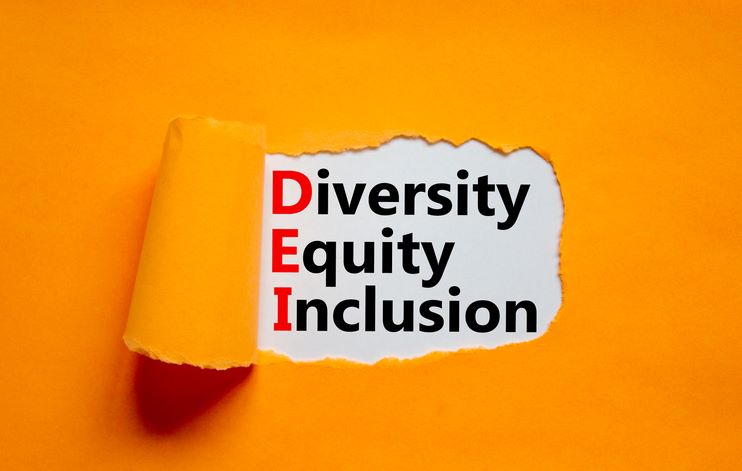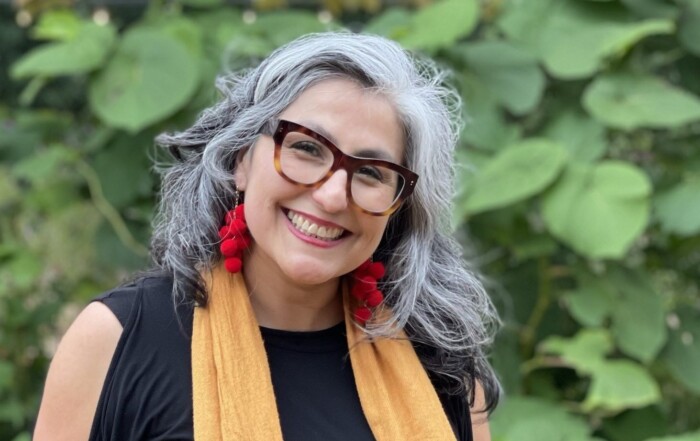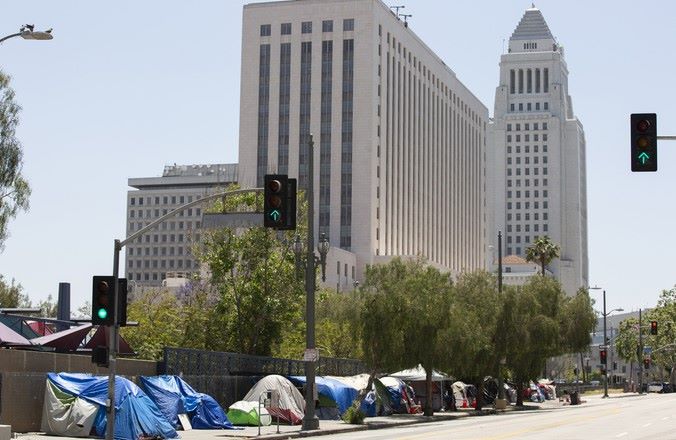In response to the Founding Father’s declaration that “All men are created equal,” David Gardinier, a member of the City of Santa Monica’s Diversity, Equity, and Inclusion (DEI) team, clarified that, “Unfortunately, they meant ‘land-owning white men,’ that they designated with more rights than anybody else.” He also noted that the Founders considered Indigenous peoples as “merciless savages” and reminded the council that many were enslavers.
“This discrepancy, which took place in Philadelphia in 1776, made its way all the way here to Santa Monica and is impacting us – heavily – even through today.”
Gardinier was on hand Tuesday evening to help present the city council with a report on the city staff’s efforts to make up for historical disparities in DEI that have even plagued progressive cities like Santa Monica. One more recent example was Santa Monica newspapers calling for the expulsion of Japanese-American families from Santa Monica as the U.S. entered WWII. Even more recently than that, Gardinier reminded the council that redlining was practiced in Santa Monica, where lenders colored in maps of neighborhoods red ink as “financial risks.” The red neighborhoods of course being communities of color.
Gardinier said his team is now focused on the city implementing policies with an “equity lens,” to make up for the disparities that were institutionalized for decades. “After hundreds of years of racial disparities, undoing them is going to take time, and involve a lot of complicated emotions in the process,” said Gardinier.
His colleague Delana Gbenekama took over from there, saying the DEI work that the city has been undertaking began in earnest in 2017. Employees in multiple departments received training through The Government Alliance on Race and Equity (GARE) which spanned an entire year. The city then put in more funding to advance this work, including dedicating two full-time positions at the city level, hers and that of Lisa Parson, the team’s Equity and Inclusion Manager. The Public Safety Reform and Oversight Commission was also an important part of the city’s equity work, as was the formation of affinity groups for persons of different identities here in town. In addition, Black Agenda was created and led to the formation of the Santa Monica Black Lives Association (SMBLA).
Additional work the DEI team has involved itself in includes inviting the public to participate in Bystander Intervention Training, racial equity training for city leaders, expanding cultural celebrations and observances, and the Reframe Initiative, which “produces public art and civic memory projects that center community voices with the aim of creating a more just and equitable Santa Monica.”
Parsons took over from there to discuss what the team has learned, which includes the fact that there are persistent equity gaps by race, gender, and identity. Parson’s said that includes things like home ownership, education, and income level. “Every single measure we looked, we saw the same gaps,” she said, adding, “People are not experiencing Santa Monica in the same way.”
On the upside, Parsons says “There is deep community commitment to this work.” But even that has its challenges, as she says community activists’ collective patience is tried as things change incrementally or only seem to focus on one community at a time. “We need to make sure we’re being inclusive; that we aren’t leaving one community in the dust while we focus on another. We really want everybody to come together.”
She also said there was also organizational commitment to the equity work, but no discernable citywide plan. “We’re not working in concert; we’re not amplifying our efforts. It’s a lot of people trying to do what they can.” Parsons says it’s time to learn from other municipalities to find out what is possible and to bring the community together to establish priorities for large-scale change.
What’s Next? Parson says they want to invest in even deeper equity and evaluation training for staff, better assess the impact of their programs, and create a program of micro (~$500) and macro (~$5,000) grants to assist community members. But, she warns, “Equity touches everything we do, but ‘do everything’ is not a very feasible plan.” Therefore, the team will focus on three areas:
- Meaningfully engage the community on their commitment to equity
- Identify shared and urgent priorities
- Create a citywide equity plan
“Being a man of color who grew up in Santa Monica’s Pico Neighborhood, I’m sitting here listening to all of this, and it’s like – it feels good and then it feels bad,” said Councilmember Oscar De La Torre as councilmembers began to remark and ask questions of Parson and her team. De La Torre said that as the team was presenting on equity in Santa Monica, he began making a list of inequities in Santa Monica that he and others he grew up with have experienced.
De La Torre thinks looking at data surrounding ethnic makeup in employment – even and specifically within the city’s own departments – could tell a story of how decisions have been made on issues as important as major development decisions. He also encouraged the city to assess equity in its own procurement and contracting practices.
Councilmember Caroline Torosis asked Parson what data or progress dashboard Parson’s department might publish or make public, to which Parson talked about an already public human resources dashboard that tracks demographics in city departments.
Later in the meeting, Torosis expressed a desire for more community engagement that includes the city’s sizeable white population, to not only tackle “white fragility,” but to help people that look like her better understand why their allyship on this issue is so important. She also suggested that city department heads be held accountable for meeting equity goals.
Mayor Gleam Davis asked if Parson’s team will be seeking grants and other gifts to support their work. Parson’s affirmed they do seek outside assistance for their modest budget, and said, “The more money we have, the more good we can do.”
Especially given recent national hostility, Davis also asked what the DEI team could do more of to support the LGBTQ+ community, as she says they weren’t really addressed in the staff’s presentation materials. Parson talked about previous efforts she has engaged in and acknowledged the difficulty in bringing together the various letters that make up that larger group. She says transgender people, for example, don’t necessarily have an identifiable, organized group, and self-identified in the Wellbeing Index as the group with the highest rate of never feeling like they belong in their neighborhood or community. “I’m really sensitive to the fact that they’re targeted a lot. It’s getting violent. It’s getting worse. We’ve done things to try and help that community,” said Parson.
Councilmember Christine Parra spoke of being a bit irked by the fact that the city paid $17,000 for seven very attractive lampposts to be installed in the North of Montana neighborhood, already a wealthy enclave, and spoke of a planning department member not really providing a satisfactory explanation why her own Pico neighborhood didn’t receive a similar investment. “Where’s the equality in that?” she asked rhetorically. “We are purposely perpetuating this inequality.”
Driven to tears, Councilmember Lana Negrete announced that her family’s 50-year small business was going to have to close its doors soon because small business loans like the ones being discussed for overlooked communities are becoming unattainable. “It’s hard for me to sit up here and listen to all of this because it’s literally what we’re talking about.” She says she hears banks and lenders say publicly that they’re helping small businesses owned by communities of color and women, but she contended that they are not. “At the end of the day, if you don’t have a parent, or generational wealth, or the community access to get money, you will not survive,” she said.
“This is life-saving work,” said Davis, as she wrapped up the discussion. About Santa Monica, she said, “We’re visionary enough, but we’re still small enough, to be a model for other communities.”
Image by Dzmitry Dzemidovich
Stay informed. Sign up for The Westside Voice Newsletter
By clicking submit, you agree to share your email address with Westside Voice. We do not sell or share your information with anyone.








